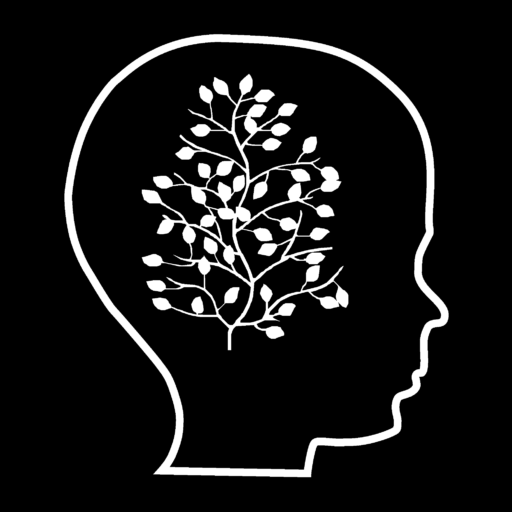The science experiments we ran in Science 6-8 this academic year, 2020-2021 (up to March) – real hands-on learning, and minds-on learning at the same time. Our students have learned to be thorough, careful, and questioning.
Classes run from 1:50 PM to 2:50 PM, four days a week. Experiments each took 2 to 4 periods, to plan, to execute, and to analyze. Students were involved heavily in the design of every experiment and in the quantitative analysis of results, commonly using Excel.
In 2020-21 the experiments covered:
Biology:
* Testing the combined responses of sunflower seedling growth, as shape, to directional light (phototropism) and to reorientation in space (gravitropism); 
Upper right: One day after being tipped sideways
Lower left: Sprouted and planted upside down; righting itself
* The rate of transport of water in xylem tissues of plants, imaged with tracer dyes and compared to calculations from water loss at the leaves from first principles in plant physiology and physics;
* And the rate at which yeast liberates CO2 gas while fermenting sugar, as affected by temperature.
Chemistry:
* Measuring the rate of evolution of H2 gas during the electrolysis of water, to compare to expectations from the quantity of electric charge passed; of course, we lit the hydrogen gas to get an explosive whistle;
* Estimating the atomic mass of copper by precipitating copper hydroxide from a solution of copper sulfate and getting the total mass;
* Measuring the rate of decolorization of phenolphthalein dye by hydroxide ion and determining the order of the reaction (first order in both reactants);


* A similar reaction, the decolorization of methylene blue by reduction with ascorbic acid;
* Measuring the rate of reaction of pure sodium metal with water and with methanol, as dependent on temperature (it explodes in water!) See the dynamic photo at the end;
Physics:
* Discharging a large capacitor through a thin copper wire, with comprehensive design to ensure that the bulk of the energy goes into the melting and vaporization of copper;

3/5 of the team, above: Erika, Sam, Isaac
* Analyzing the precise time intervals between radioactive decays in uranium ore, using a Geiger counter feeding data to a Raspberry Pi computer, to test if the distribution of times follows a Poisson process (it does, at multiple levels); 
Data (red),theory (blue), before correcting data for the dead time of the Gieger-Muller tube (a great fit, after that; this is a step in analysis)
* Resonances and normal modes of vibration of sound across a thin metal plate (Chladni plate) (also done in 2015-16).


